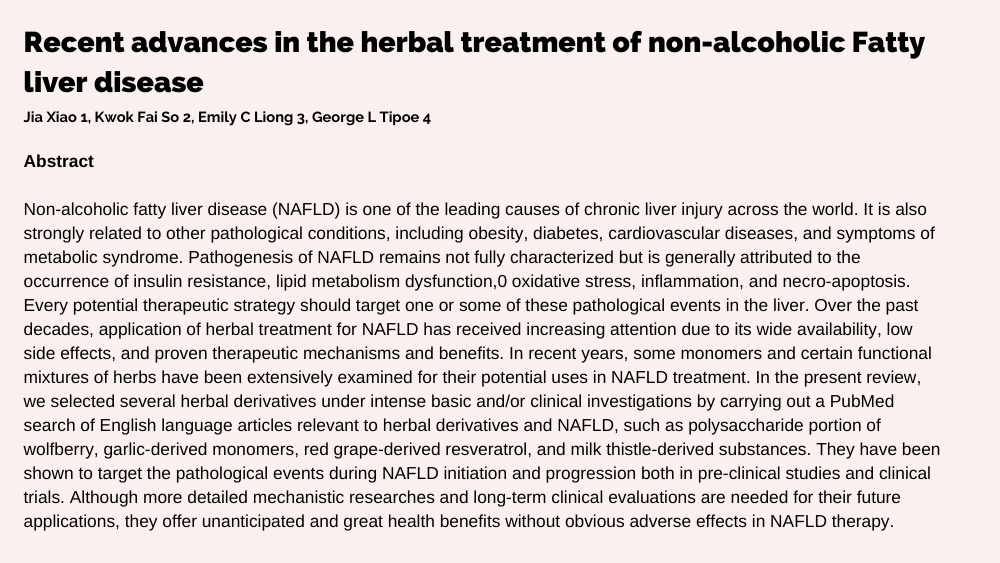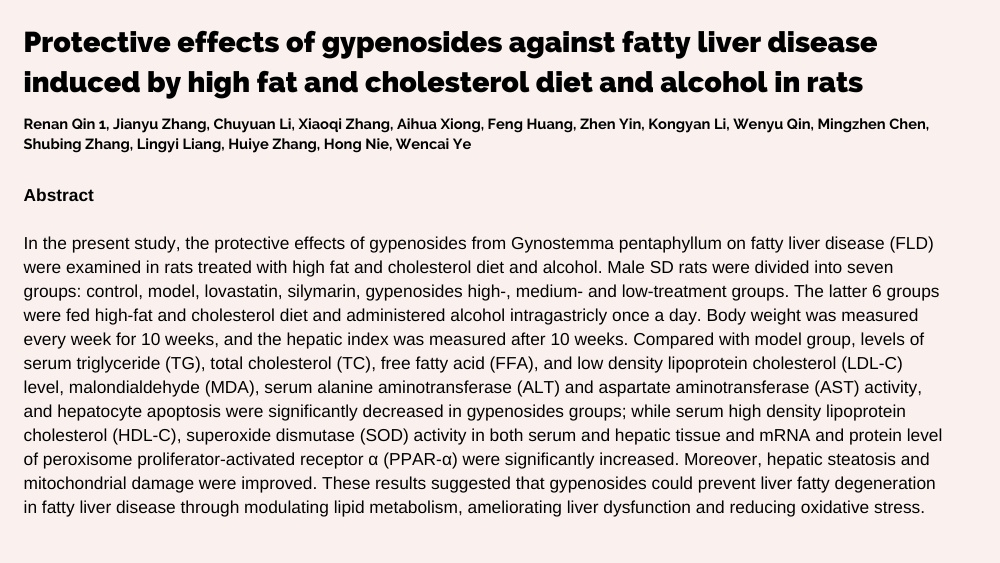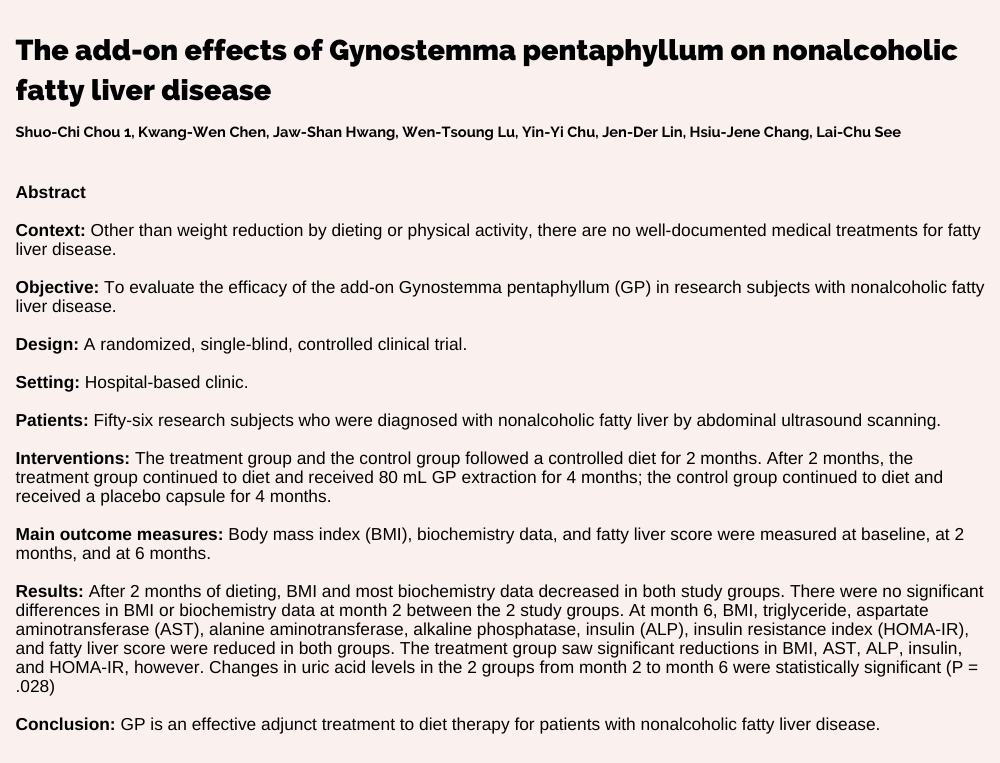- The Horse Liver - January 6, 2022
- Nutritional Support of Horse Muscles - January 4, 2022
- Sweet Itch in Horses - December 15, 2021
The horse liver is an organ that is usually described as part of the digestive system but its functions extend far beyond that. It is estimated that the equine liver performs in the neighbourhood of 500 distinct functions.
The liver is classified as both an organ and a gland and is the largest internal organ. It is also the only tissue that has any significant ability to regenerate itself.
What Does the Horse Liver do?
On the digestive end, the horse liver produces bile which is essential for the processing and absorption of fats and fat-soluble vitamins. All blood leaving the intestinal tract and containing digested food must pass first through the liver before being distributed to body tissues.
The liver manufactures a protein called metallothionein which binds to trace minerals, both nutritionally important and inherently toxic, to control their absorption into the body by shepherding excess out through the urine or bile.
We all know the liver is involved with the metabolism of drugs and detoxification reactions but this is only a tiny fraction of the chemicals routinely handled by the liver.
With every mouth of food, including grasses, the horse takes into their body they get a huge array of chemicals other than the basic nutrients of vitamins, minerals, protein/amino acids, fatty acids and carbohydrates. To get some idea of how extensive this is even for a basically benign food go to Dr Duke’s Phytochemical and Ethnobotanical Database and enter the food of your choice, e.g. alfalfa or oats.
The lists generated are staggering. Every single one of those chemicals has to be processed by the liver, sometimes also the kidneys, and eventually excreted. The liver manufactures the major blood protein, albumin, as well as an extensive array of other proteins that carry hormones or minerals, like ceruloplasmin for copper.
The liver also produces the coagulation factors needed for blood clotting. It also plays a pivotal role in metabolism. It stores excess glucose from meals as glycogen, converting that back to glucose when blood levels drop below normal. It can also produce glucose from amino acids and other sugars by a process called gluconeogenesis.
The liver can break down fats to acetate for energy metabolism. It synthesizes lipoproteins, converts excess amino acids and carbs into fatty acids and triglycerides, synthesizes cholesterol phospholipids. In protein metabolism, the liver can remove the nitrogen groups from amino acids which are then converted to urea and excreted. The backbone of the amino acid is transformed into glucose or fat. It can synthesize nonessential amino acids.

Liver Disease in Horses
Liver disease is uncommon in horses, at least liver disease severe enough to cause symptoms. Over 75% of the liver must be destroyed before clear liver-related symptoms are seen. Symptoms include weight loss, poor appetite, yellowing of the membranes (icterus) and in advanced cases encephalopathy, clotting disorders.
Colic or diarrhoea may be seen but are not consistent signs. Horses on pasture may develop liver disease from ingestion of toxic plants that contain pyrrolizidine alkaloid (PA), including Crotalaria spp, Senecio spp, Amsinckia spp, Heliotropium europaeum, Echium plantagineum, and Cynoglossum officinale.
These plants remain toxic when dried so may also contaminate hay. Alsike Clover, red clover or panicum pastures may also cause liver damage. Some fungal toxins, such as aflatoxin, also poison the liver.
Serum sickness, aka Theiler’s Disease, is a sudden onset liver failure with 50 to 60% fatality. It can be seen several weeks after a horse receives a product made with horse serum such as tetanus antitoxin but in other cases, the cause is not known.
Tyzzer’s disease is a usually fatal Clostridial infection of the horse liver in young foals. Inflammation of the bile ducts and liver can be caused by parasite migration, stones or bacterial infection. This typically causes obvious changes in blood chemistry but is not usually fatal although the horse may be symptomatic. Prolonged treatment with antibiotics is usually effective.
Fatty liver occurs in ponies and miniatures with hyperlipemia/hypertriglyceridemia syndrome. In brief, intake of insufficient calories causes an exaggerated release of fat from storage depots and increased fat production in the liver which causes fatty liver among other changes. For more detailed information on this visit this highly informative page.
Fatty Liver Disease in Horses
Insulin resistance or equine metabolic syndrome can also cause fatty liver and this is being increasingly recognized in full-size horses as well. Insulin would normally drive both glycogen and fat production in the horse liver. For reasons that are poorly understood, with IR or EMS the fat drive predominates. To find out more about iron overload as a possible cause of insulin resistance in horses please read this article.
Treatment of Horse Liver Failure or Disease
Treatment of toxin hepatic disease involves removal of further exposure, and bacterial infections are treated with antibiotics. In all cases, supportive care of fluids, minimal fat, maintenance of adequate but not excessive protein and providing adequate calories predominantly from the fibre is ideal.
Flax (linseed) is an ideal essential fatty acid source because it is low in sugar/starch and high in soluble fibre. Beet pulp is also a good choice. There is virtually no good equine information available on herbal treatment of fatty liver but click on the picture of the study below for a paper with a brief summary of agents used in humans:

Jiaogulan (Gynostemma pentaphyllum) has also been demonstrated to be active:

This one shows an added benefit of Jiaogulan when combined with a controlled diet versus diet alone:

There is also evidence to support the use of vitamin E and omega 3 fatty acids.
Forageplus Talk adds: A highly interesting study and literature search into iron overload in black rhinos suggested that raised liver enzymes were often seen where the horse liver was compromised through high exposure to dietary iron. It is worth realising that strict mineral balancing is a possible path to correcting raised liver enzymes and reducing the exposure to high iron in the diet by raising anti-oxidant minerals copper and zinc. A forage analysis is usually very helpful in determining the amount of copper and zinc needed to correct high exposure to the antagonist mineral iron.
For more articles on Horse Health, you can click here to view our other horse health articles.


